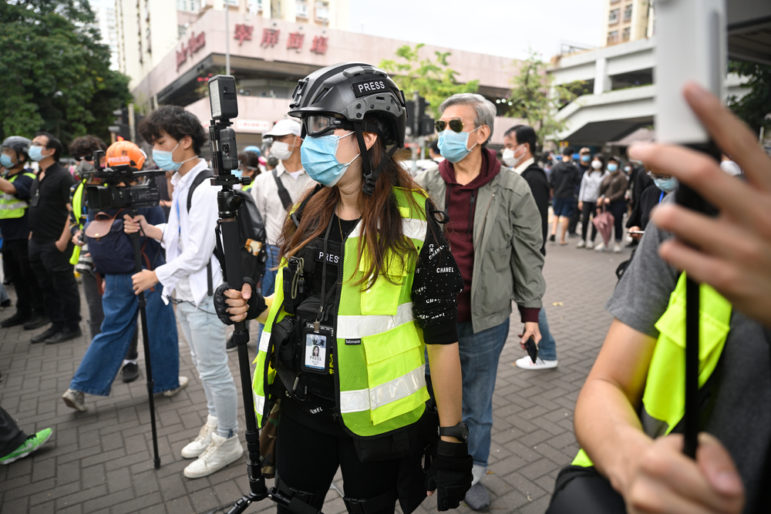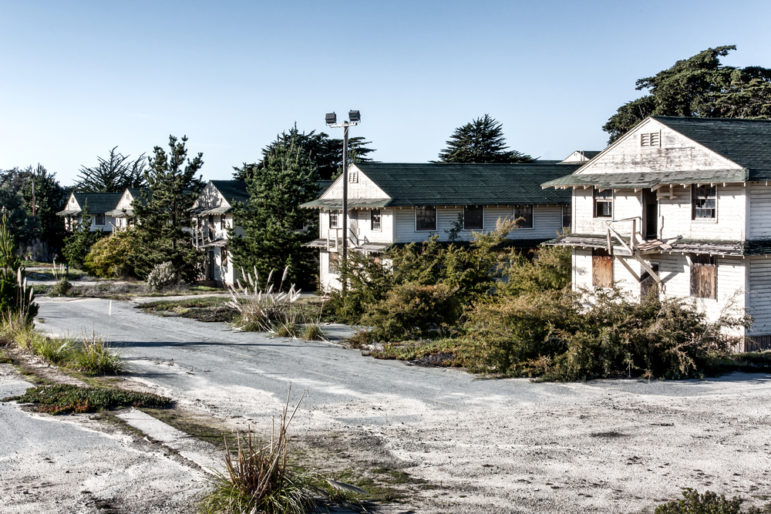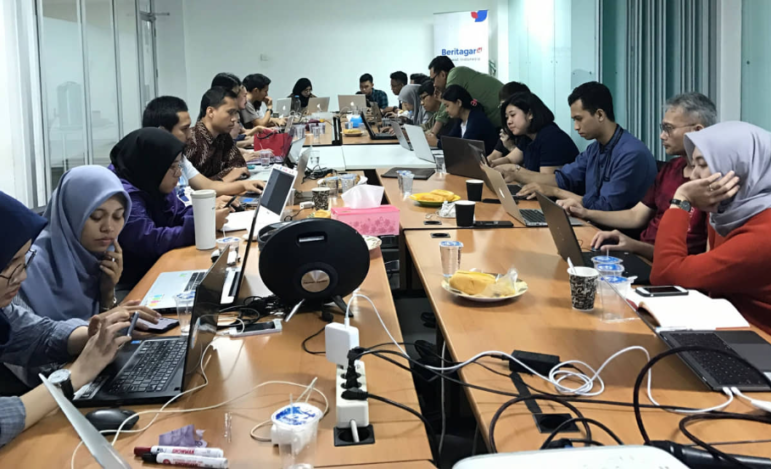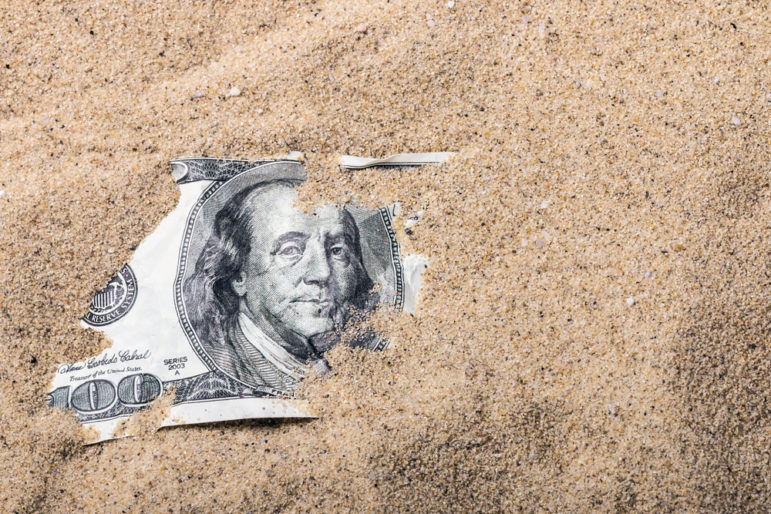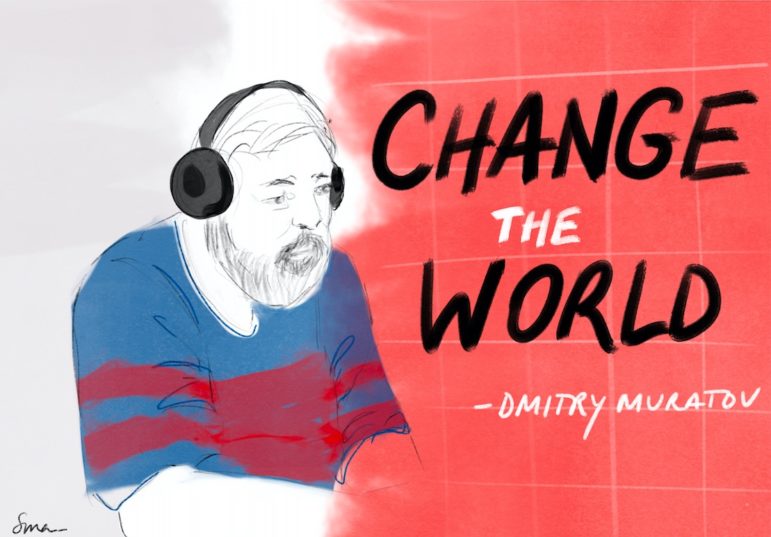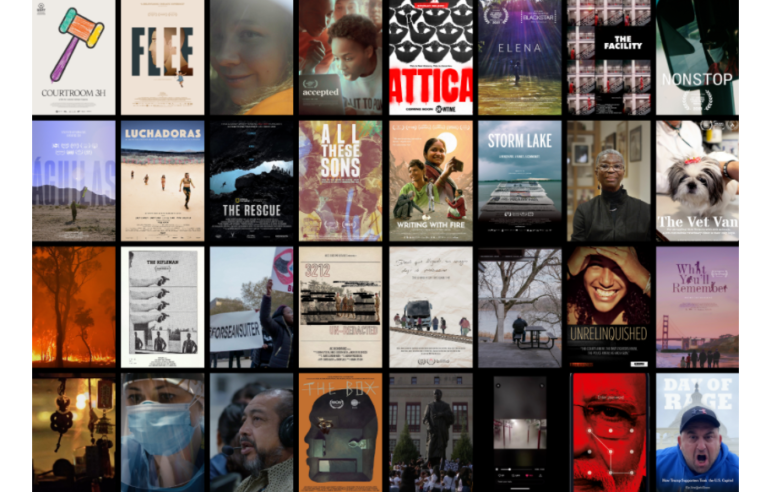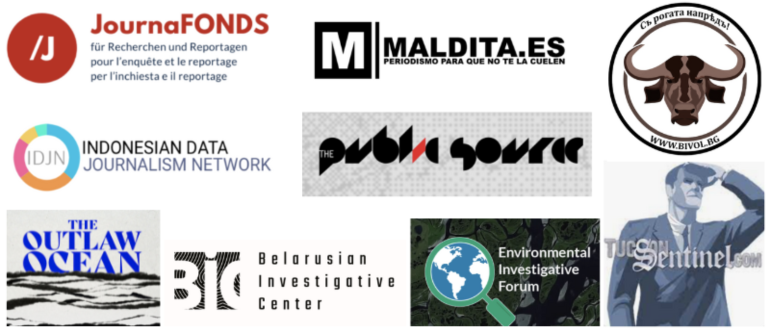
GIJN Welcomes 9 New Members – from Lebanon to Indonesia
GIJN is delighted to welcome nine new member organizations – a diverse group of nonprofit newsrooms from eight countries that are bravely holding individuals and institutions to account in tough press environments. These admissions now grow GIJN’s global network to 244 member organizations in 90 countries.

